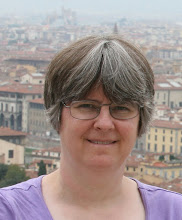.jpg) Yeah, I know this photo isn't exactly about the culture of Italy, but I did take it while I was over there. My little Italian cousins have provided wonderful subjects for me to photograph (see also this one from Milan last year), perhaps because they can't communicate with me and yet are fascinated by me, so they are ever so slightly suspicious and shy or impish when they are around me.
Yeah, I know this photo isn't exactly about the culture of Italy, but I did take it while I was over there. My little Italian cousins have provided wonderful subjects for me to photograph (see also this one from Milan last year), perhaps because they can't communicate with me and yet are fascinated by me, so they are ever so slightly suspicious and shy or impish when they are around me.
Photographing children is hard. Someday maybe I'll do a whole series on portraits of children, but for now just a couple of reflections. First you've got to get down to their level. That means squatting or crouching. Photos looking down on children aren't very good, generally, and besides, you'll be more likely to gain their trust if you are at eye-level with them. Second, you cannot -- must not -- get them to pose. They are naturally squirmy and can't sit still, usually. But even if you get one who can, children become extremely self-conscious when they are posing for a camera, even more so than adults. They will either be nervous about it and act stiff and unnatural, or they will think it's all a big game and paste on a huge fake smile. Either way, you'll end up with a lousy, uncharacteristic picture. Third, you've got to be patient and take tons of photos. Candid ones, in all sorts of positions and engaging in various play activities of their choosing, preferably in their own home environment, without their parents looking on. The more comfortable you are around children in general, the more comfortable they will be around you. If you can't seem to get a natural shot close up, use a long lens and stand far off so the child isn't quite as aware that you are photographing. Finally (and this goes for animals and adults, too), pay attention to the eyes. Children's eyes are very expressive. Focus on them. Catch spectral highlights in them from ambient lighting. Soft, natural lighting is best with kids. You might not have total control over all of these issues when a kid is running around, but that's why you take a lot of photos and weed them out ruthlessly, down to the two or three that are outstanding. The parents will thank you forever and tell you they've never seen such a wonderful photo of their child, and ask you if they could please have a copy of it.
I shot this one with my 70-200mm lens set to 130mm, at f2.8 and 1/60 of a second. My cousin's eyes are sharp, with focus falling rapidly away closer to the camera, so the sofa is not a distraction from her face. Nor is any of the background. She was playing hard to get, because she knew I was trying to take a picture of her. So she kept running around the house, hiding behind furniture, and popping her head out every few seconds to see if I was still there. I was, and I was ready with my camera for this one.
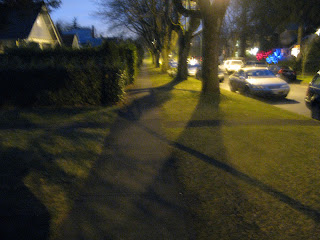.jpg) I took a walk at night with my Canon G9 and got some interesting photos of Christmas lights, etc. I'm not thrilled with the image quality of the G9 as compared to my 5D, but it's not bad for something I can just toss in my purse and take with me anywhere I go. And this photo was shot after dark (the sky looks way more blue in the photo than it did in real life; the camera figured out it needed a long exposure). It's pretty grainy and blurry (handheld, of course) but I kind of like the effect. No Photoshop sharpening at all.
I took a walk at night with my Canon G9 and got some interesting photos of Christmas lights, etc. I'm not thrilled with the image quality of the G9 as compared to my 5D, but it's not bad for something I can just toss in my purse and take with me anywhere I go. And this photo was shot after dark (the sky looks way more blue in the photo than it did in real life; the camera figured out it needed a long exposure). It's pretty grainy and blurry (handheld, of course) but I kind of like the effect. No Photoshop sharpening at all..jpg)
.jpg)
.jpg)
.jpg)
.jpg)
.jpg)
.jpg)
.jpg)
.jpg)
.jpg)
.jpg)
.jpg)
.jpg)
.jpg)
.jpg)
.jpg)
.jpg)
.jpg)
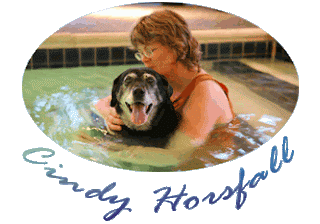
.jpg)

.jpg)
.jpg)



.jpg)



.jpg)


.jpg)


.jpg)
.jpg)
.jpg)
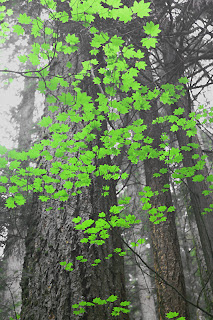.jpg)
.jpg)
.jpg)
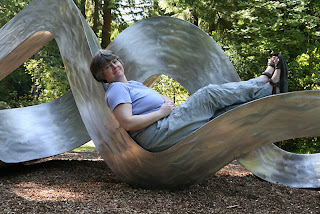.jpg)
.jpg)
.jpg)
.jpg)


.jpg)
